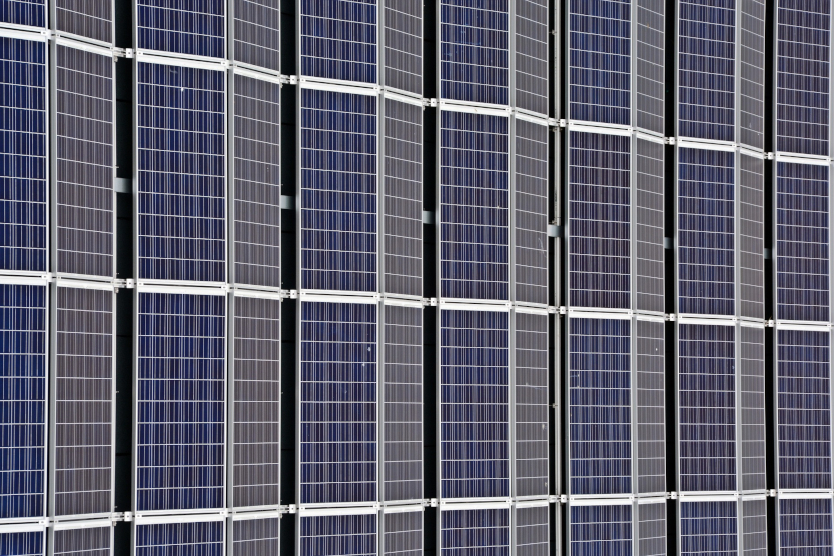
The data collected via the AVUS measuring device can be used to optimise cleaning protocol, increase yield and save water.
© pixabay
In solar thermal power plants a vast array of mirrors concentrate sunlight to generate the high temperature heat needed to make electricity. There are two types: movable heliostats arranged in concentric circles that reflect solar rays to a central receiver tower which contains a heat storage medium like molten salt; or parabolic troughs, which collect radiation and transport the heated medium away via pipes. These plants are typically constructed in desert regions where there’s a lot of sun.
However, environmental contamination of the mirrors from sand or dust greatly affects their performance, creating uncertainties in yield forecasting and increased operating costs. So while the installation costs of solar thermal technology are coming down, operating and maintenance costs remain high.
To solve this problem, the Fraunhofer Institute for Solar Energy Systems ISE came together with PSE Instruments GmbH, TSK Flagsol Engineering GmbH and Dornier Suntrace GmbH to form AVUSPro, which stands for “Automated In Situ Measurement of Soiling for Site Assessment and Operation of Solar Thermal Power Plants.”
The partners have developed and successfully tested an automated measurement device at a parabolic trough plant in Western Kuwait. "With the globally unique AVUS measuring device, we have developed an instrument that automatically and cost-effectively measures the degree of soiling on a daily basis during plant operations,” says Dr Gregor Bern from Fraunhofer ISE in a press release. The data collected can be used to optimise cleaning protocol, increase yield and save water.
Since late 2021, three prototypes of the sensing device have been undergoing field tests on the 250-acre, 50 MW plant. Further research will be carried out at a solar tower plant. Early results are favourable compared to manual measurement, with savings of up to 25 percent on clean-up to 19 percent on water use. The partners plan to commercialise the device for solar thermal and photovoltaic markets.


